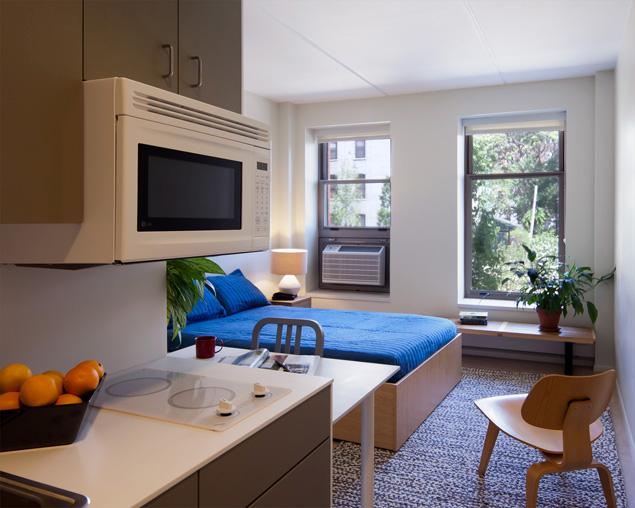1. Talk to your landlord
This is an obvious thing, but many lessors don't do this—especially when the property list says “No pets allowed”. However, previous surveys have shown that tenants who discuss pet topics with landlords are more likely to get favorable results. So don't be discouraged: ask questions, but remember to respect the answer.
2. Pay more rent
Landlords and property managers who are afraid of pets are also more inclined to relax their restrictions when they ask to pay more. So, if you have some extra money and are willing to pay the rent listed above to secure a home for your pet, explain this to your property manager. May be the difference between "yes" and "no".
3. Prepare pet reference materials
For the landlord, it is unreasonable for every resident who requires their property to be cautious. Although we can't have pets sign on the dotted line, we can provide detailed information and background about our pets so that the property manager has the confidence to move them in.
Create a pet reference that includes the pet's age, temperament and vaccination history, and attach a recent photo to pull their heartstrings. You may also need to include a role reference from a former property manager, veterinarian, or anyone who can make a credible description of your pet's behavior.
Good news: The landlord said "yes" to the pet.
4. Take good notes
5. Pet perspective
Think about your furry friend. If you are a dog, would you like to live in a one-bedroom apartment without a backyard? Your property search should suit you and your pet. Keeping it within certain parameters will also increase the likelihood that your application will be accepted.
6. Have a trial period
If your landlord or property manager is not fully convinced, ask if they would like to rent the property to you on a trial basis. They can see how your pet is performing in the hotel and you can adjust the rental as needed.
7. Choose carefully
If you are already on a leased property and consider getting a pet, please pay attention to the space around. In smaller spaces, goldfish are better than golden retrievers.
8. Obtain the agreement in writing
If you agree to pay a little more for pets, or if you try to use pets for a short period of time, you will get the terms of these consents in writing. If there is any confusion or controversy, everyone can postpone these documents. You can also draft a separate pet agreement that outlines all the terms and your responsibilities.
9. Committed to cleaning
When you leave, take the initiative to remove all traces of the pet. When you leave, you are obligated to clean a property and provide a further commitment to deep cleansing carpets. Treatment for fleas and deodorization may be enough for your pet to cross the threshold.




